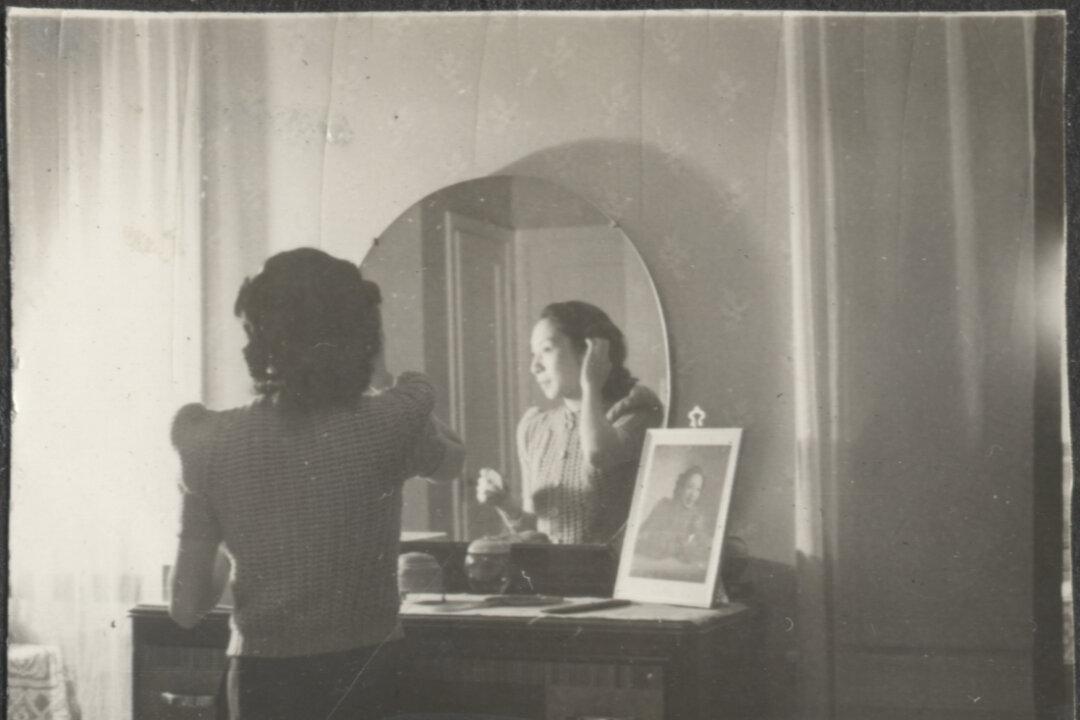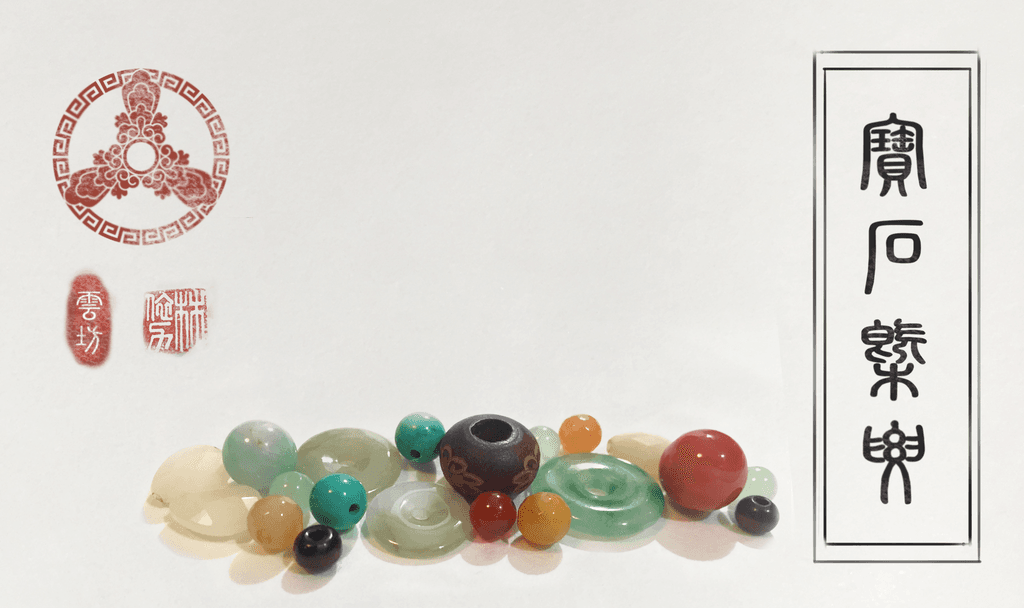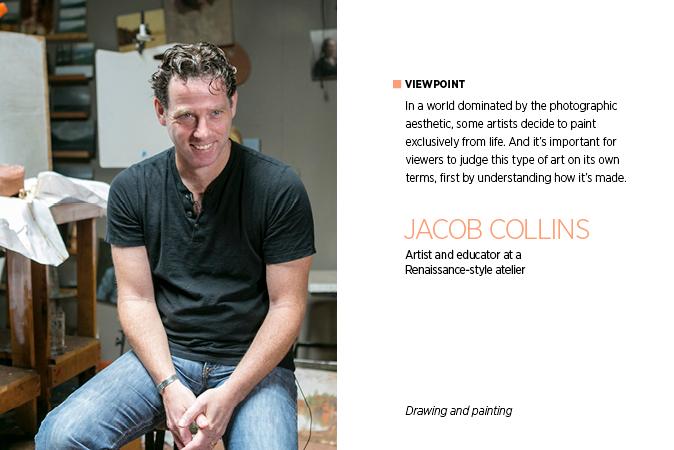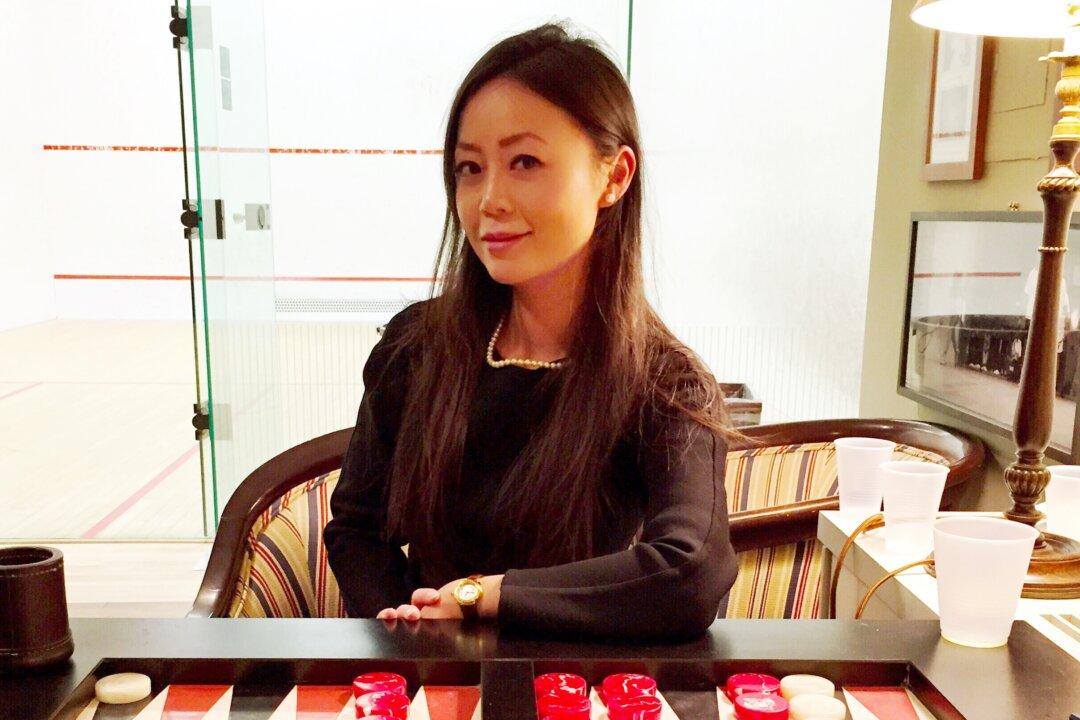NEW YORK—Where does ethnicity end and nationality begin? What’s heritage? How should one answer the question “Where are you from?” Cultural identity is so hard to tease apart, especially in a diverse and individualistic environment like the United States.
Two recently opened exhibitions—one at the New-York Historical Society and the other at The Museum of Chinese in America—take on the many facets of Chinese-American identities in all their messiness.
Both start from the very beginnings of modern contact between America and China, and end in the present day.
The story, loosely, begins with trade (surprise, surprise) and Western powers’ desire to pry open the Chinese market. These result in the Opium Wars. Chaos in China prompts migration to greener pastures and in the mid-1800s, the talented and desperate alike board ships bound for the shiny New World of America. They work hard, stick together, and through it all, dress and talk suspiciously foreign.
Meanwhile, new arrivals come by the boatload to Angel Island and Ellis Island and are subjected to long detentions as they await their fates. Anti-Chinese sentiment simmers up and down the social ladder, from governors to unskilled workers. Discrimination laws are passed locally, the Chinese Exclusion Act federally.
This is the familiar story, but what’s valuable in these exhibits are the oral histories, the poetry, and personal mementos, ladled on generously, that lend tangibility and a touch of pain to historical fact. The viewing experience of both (at least for a first-generation Chinese-American like me) is a lot like lighting upon a long-lost relative’s cabinet of buried memories.
The exhibits offer perhaps too much, overlap (naturally) in most of the themes, but neither is a comprehensive unified narrative of the Chinese American experience—because there isn’t one. Wisely, the curators of both exhibitions let the voices of the multitudes echo through the displays.
Neither exhibit reflects the ethnic, political, or religious diversity within China, but that level of granularity may just be too much to ask when each already does so much in terms of documentation and narrative. As far as showing the American immigrant experience, both excel, maybe even overachieve.
At the Historical Society
The love-and-loathe dance between America and Chinese immigrants begins at New-York Historical Society’s long, snaking exhibit Chinese American: Exclusion/Inclusion.
In 1784, the first China-bound American ship left New York City, sailed around the Cape of Good Hope, and into the port of Canton. The profits from the porcelain, silk, and tea it brought back would finance the American Revolution.
Trade with China was an imbalanced dynamic from the get-go. China had little interest in the novelties of the West. As Emperor Qianlong (reigning 1735–1796) famously wrote to Britain’s King George III:
“As your Ambassador can see for himself, we possess all things. I set no value on objects strange or ingenious, and have no use for your country’s manufactures.”
Ouch. Furs and silver were nearly all the worthwhile goods with which American traders could ply the Chinese. Furthermore, foreign traders in China were required to stay in business districts and transact only with government-licensed businesses. China was not an open market by any stretch then, either.
Nevertheless, one of the first stops in Exclusion/Inclusion is a nifty diorama introducing the various ships and sounds that could be encountered in the Port of Canton in the 1780s. They ferried not only goods, but also an increasingly eager stream of voluntary immigrants itching to get to the famed Gold Mountain of San Francisco, or otherwise try their hands at farming and fishing the rich landscapes of the newly minted country.
Astonishing and delightful is a wall of brief biographies featuring six early migrants along with their black-and-white photos. Choy Awah studied at historically black Howard University. Diminutive Polly Bemis was sold to a Chinese businessman in Idaho, where she and married a white saloon owner. Medicine man Lum Ling Wau sold his herbal prescriptions out of a storefront right in Union Square.
Then things get painful.
Through readable touch screens we sample the various bigoted, practical, or accepting attitudes of white Americans. In 1878 San Francisco merchant Ah Yup’s naturalization case was denied on the grounds that only whites and blacks could be naturalized, and the ruling was used as precedent to deny Chinese immigrants citizenship until 1943.
We get the dubious pleasure of sitting in on an immigration interview on Angel Island. In a near-empty room surrounded by holding cells, lights, and an audio recording guide us through the recreated conversation between the immigration officer, an interpreter, and a Chinese man. It’s a disembodied examination sure to make you cringe.
Don’t miss the heartbreaking story of Soto Shee, the wife of a U.S. citizen, a Salvation Army officer. Her path to American citizenship ought to be made into a movie on par with “12 Years a Slave.”
After this point the exhibit gets overwhelming, maybe a little lost.
Bronx-born Amy Chin’s comic book documents her family’s story in 12 charming chapters, and the oversized pages are hung on the walls. Interspersed with this personal account are objects that continue the previous trajectory into the World War II era. It gets difficult to hold two narratives, one historical, the other personal, in the mind at once.
Nevertheless, Exclusion/Inclusion is an immense and very involved production, ambitious beyond anything else the NYHS has done in recent memory.
Chinese American: Exclusion/Inclusion
Through April 15, 2015
New-York Historical Society
170 Central Park West
Admission $6–$18.
nyhistory.org
At the Museum of Chinese in America
Waves of Identity draws upon 35 years of the museum’s permanent archives. It is small and personal in contrast with With a Single Step, the core exhibition, which traces grand torrent of Chinese-American history.
In Waves of Identity, individual storage archive shelves, loaded up with letters and bric-a-brac, explore one question each: Do you feel Chinese? Chinese-American? American? How so? How do you become American? What do they really think of us? What does it mean to be Chinese?
MOCA began as a New York Chinatown history project, collecting oral histories of laundry workers and other local Chinese-speaking residents. They are used to powerful effect throughout the exhibits.
Listen carefully as you travel through. Interviews play through the ceiling, giving a visceral sense of lived experience. We have a lively and witty narrative in the words of Wong Chin Foo, a journalist and founder of a bilingual newspaper that was instrumental in championing civil rights for Chinese-Americans.
Being such an influential figure, Wong is featured also in Exclusion/Inclusion. If you see both exhibits, much of the ground covered is identical. But unlike the NYHS exhibit, Waves of Identity has much more of a pop culture bent and comes at Chinese-American identity from a much more day-to-day angle.
Being confronted with pictures of actors in yellow-face really brings home the rampant and open racism that Chinese-Americans faced not only in art, but also in life. The movie poster for 1966s “The Brides of Fu Manchu” will make you squirm.
Anna May Wong’s soulfully told Hollywood story will make you ache for potential unfulfilled. She lamented that throughout her entire career, she was cast as “butterfly, or dragon, victim or vamp.” Because of anti-miscegenation laws, she would not have been allowed to play the leading lady, who got to kiss the lead man, invariably white.
Waves of Identity: 35 Years of Archiving
Through March 1, 2015
Museum of Chinese in America
$5–$10
mocanyc.org








